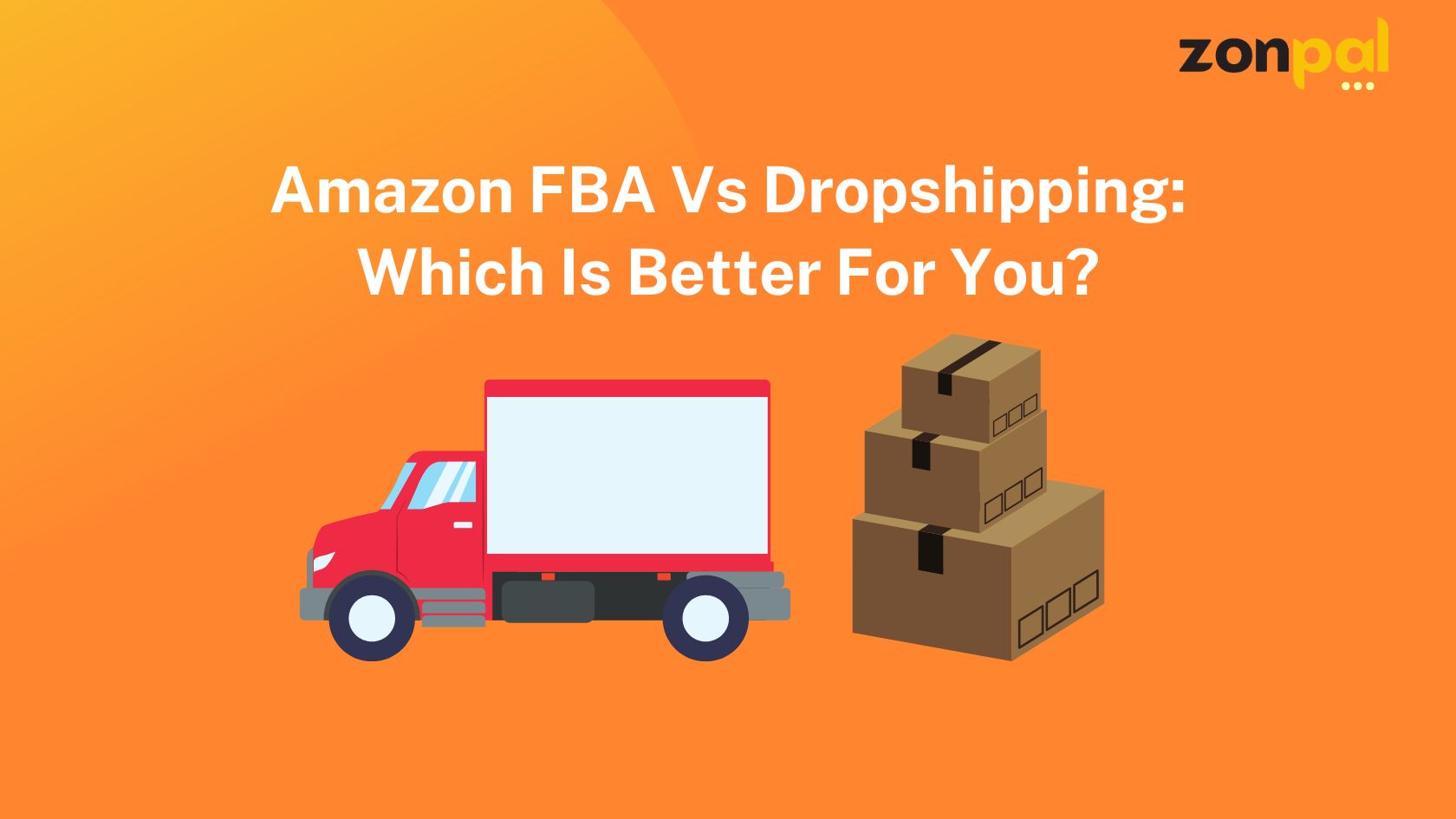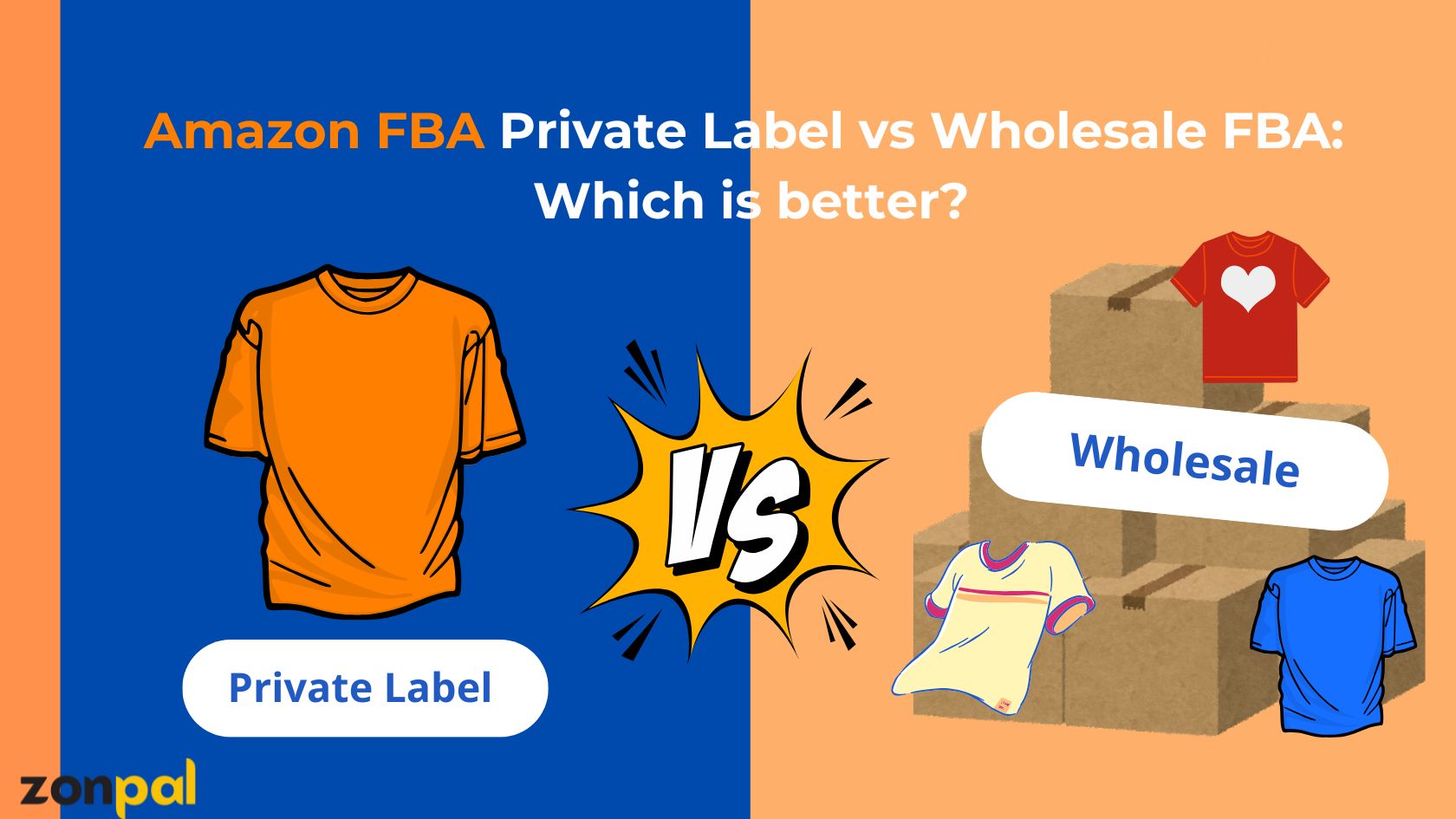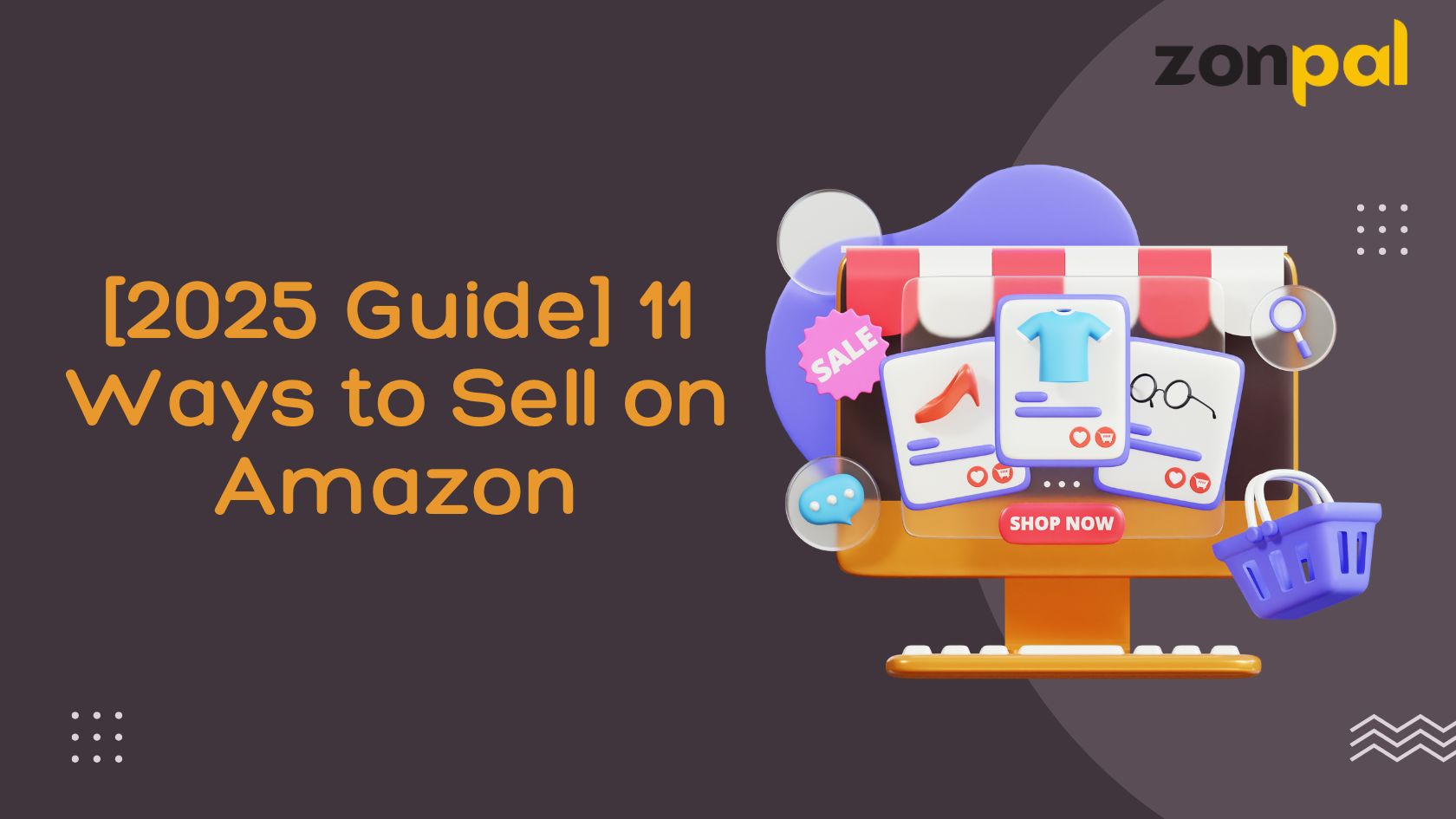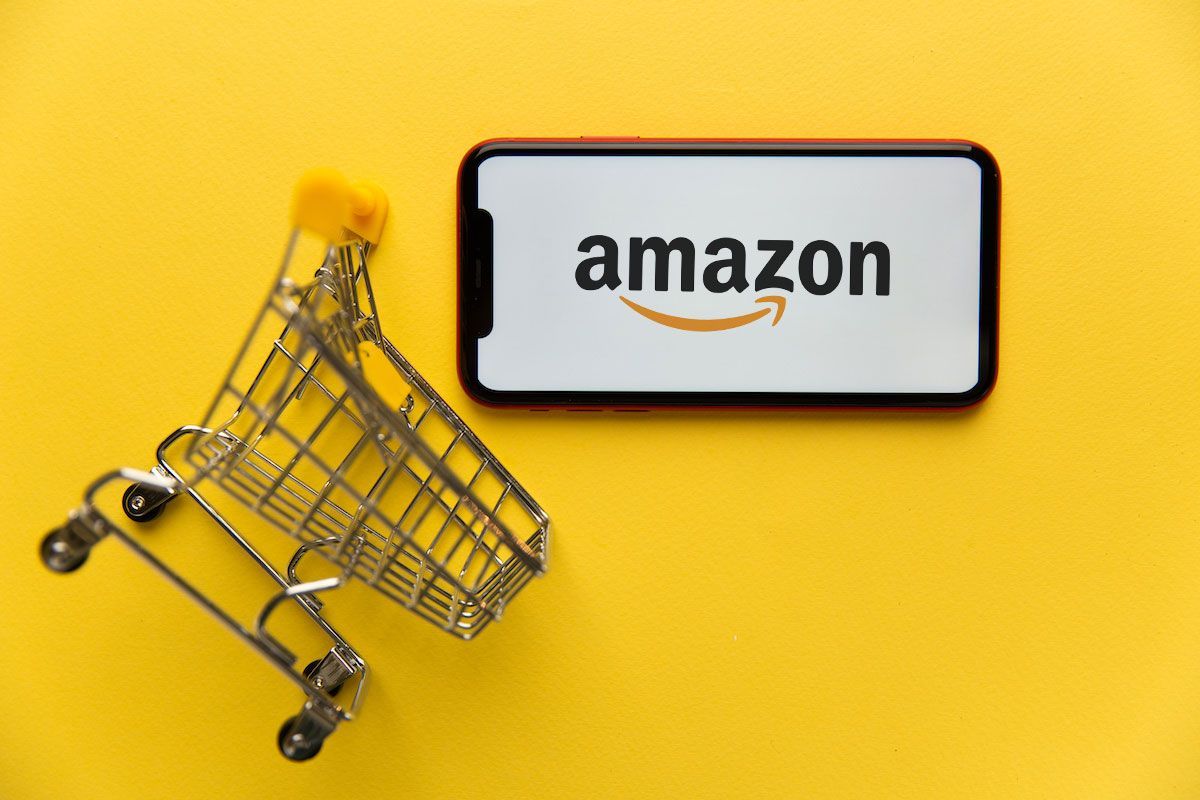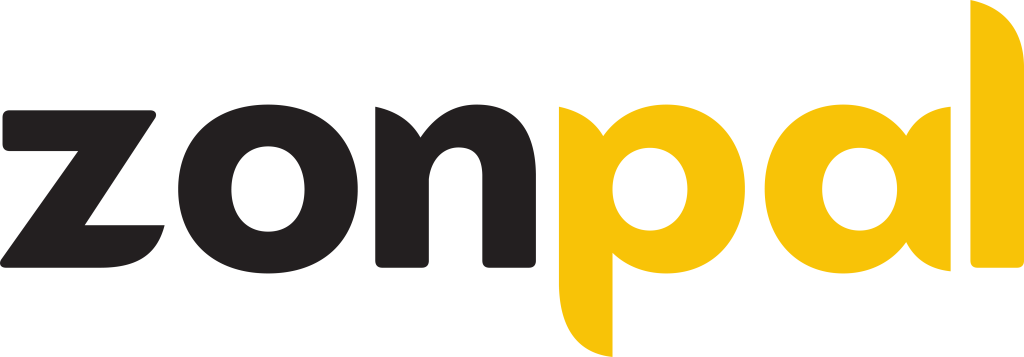[2025 Guide] 11 Ways to Sell on Amazon
Amazon is one of the largest eCommerce platforms in the world, with third-party sellers contributing significantly to its success. According to Statista, Amazon generated nearly $188 billion in net sales during the fourth quarter of 2024, surpassing the $170 billion recorded in the same quarter of 2023. This immense marketplace presents lucrative opportunities for entrepreneurs to build scalable businesses and reach millions of customers worldwide.
Selling on Amazon is not a one-size-fits-all approach. There are multiple ways to sell, each with its benefits and challenges. In this guide, we’ll explore 11 different ways to Sell on Amazon to help you choose the best fit business strategy.
Amazon Vendor
Amazon Vendor, also known as the 1P (First-Party) model, is an invitation-only program where Amazon purchases products directly from manufacturers or brands at wholesale prices and sells them under the ‘Sold by Amazon’ label. Amazon manages pricing, marketing, customer service, and fulfillment, making this model ideal for large brands seeking bulk sales without handling customer interactions.
How the Amazon Vendor Program Works
Amazon Vendors receive bulk purchase orders (POs) directly from Amazon, meaning they sell wholesale rather than to individual customers. Amazon takes full control, setting prices, managing inventory, and handling fulfillment (including shipping and customer service). Moreover, vendors also benefit from Amazon’s marketing efforts, which can help boost product visibility and sales.
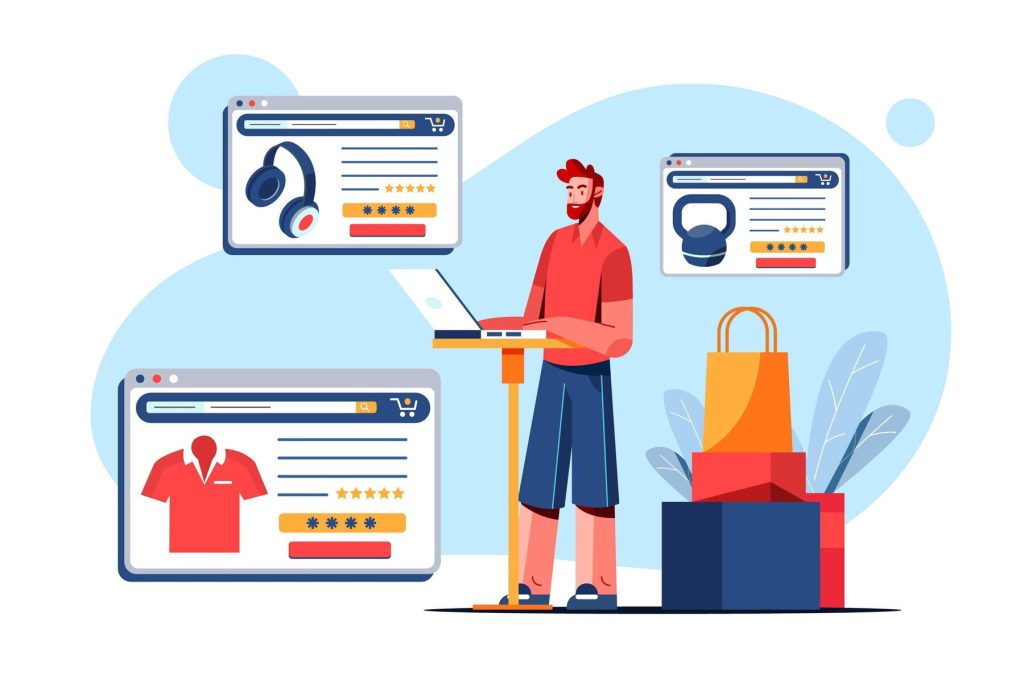
Who should use the Amazon Vendor model?
Pros & Cons of Amazon Vendor
If you intend to become an Amazon Vendor, understanding its benefits and challenges is crucial. Below is a breakdown of the key pros and cons to help you decide if this model suits your business strategy.
| Pros | Cons |
| – Bulk purchase orders from Amazon – Direct payments from Amazon – Amazon handles fulfillment and logistics – Increased visibility through Amazon advertising – Stronger brand credibility by being sold directly by Amazon |
– Amazon controls pricing, reducing flexibility – Difficult brand registration process – No direct access to customer feedback or reviews – Limited access to detailed sales data – Dependence on Amazon’s purchasing decisions |
Who Should Use This Model?
This model is best suited for established brands, manufacturers, and large-scale distributors who want to offload inventory in bulk without worrying about direct customer interactions. It’s not ideal for small businesses or entrepreneurs looking for hands-on control over pricing and branding.
Amazon Seller
Amazon Seller, also known as the 3P (Third-Party) model, allows individuals and businesses to list and sell products directly to consumers on Amazon’s marketplace. Unlike the Amazon Vendor (1P) model, sellers retain control over pricing, inventory, and branding.
Amazon offers different selling plans for 3P sellers: the Individual Plan ($0.99 per unit sold, plus fees) is ideal for occasional sellers, while the Professional Plan ($39.99/month, plus fees) suits those selling in volume. Sellers can choose between Fulfillment by Amazon (FBA) or Fulfillment by Merchant (FBM).
- FBA (Fulfillment by Amazon): Amazon handles storage, shipping, and customer service.
- FBM (Fulfillment by Merchant): Sellers manage their logistics.
Amazon Seller encompasses various business models, and the six models listed below are among the most common to sell with Amazon:
Amazon Dropshipping
Certainly, you may have heard about the dropshipping model, a business approach where sellers don’t hold inventory. Similarly, Amazon dropshipping follows the same principle but comes with its unique policies.
Amazon dropshipping allows you to list products without holding inventory. When a customer orders, you can purchase the item from a third-party supplier, who ships it directly to the customer. While it reduces upfront costs, it comes with strict Amazon policies, potential supply chain risks, and lower profit margins.
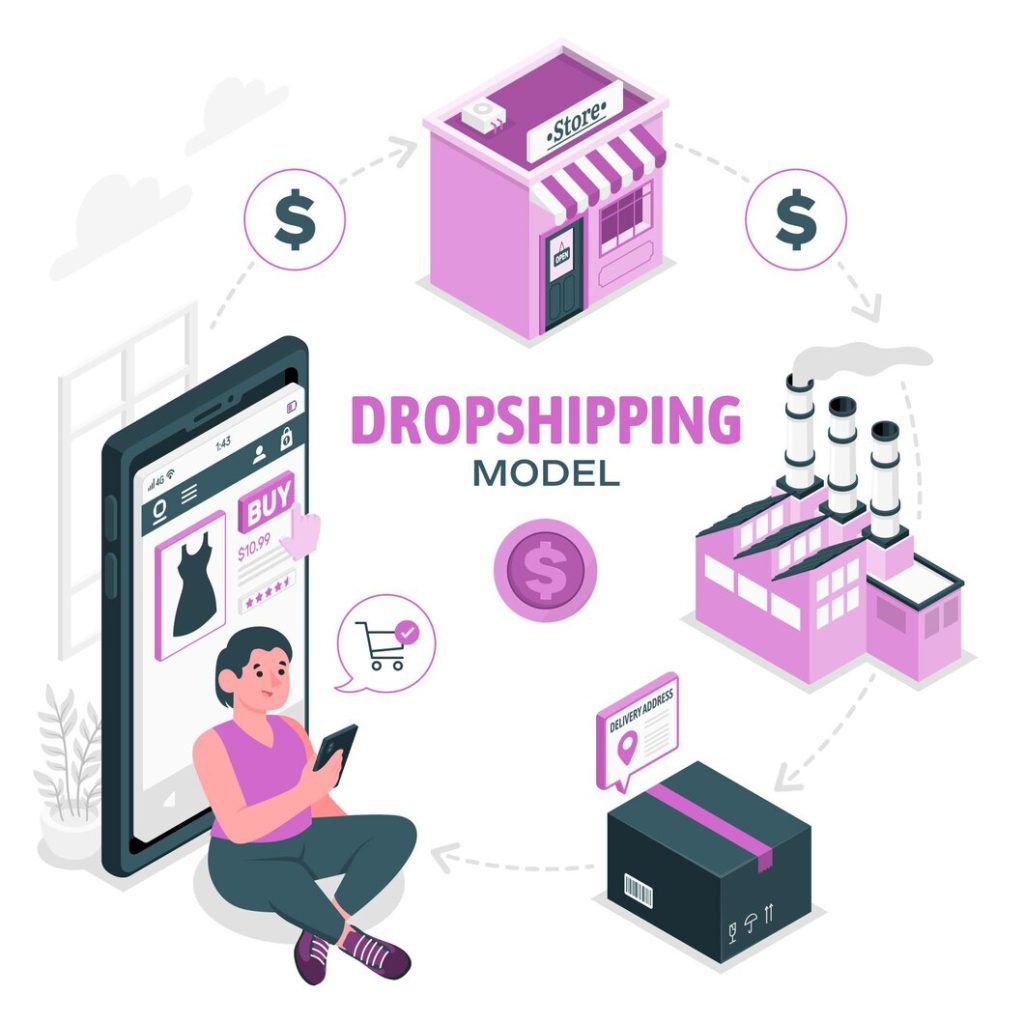
Amazon Dropshipping Process
| Pros | Cons |
| – Low startup costs – No need to manage inventory – Run your business from anywhere – Low fulfillment costs – Focus on marketing and sales |
– Strict Amazon policies and compliance issues – No control over product quality and shipping – Dependence on third-party suppliers – Profit margins can be lower due to competition |
Dropshipping works well for individuals with strong marketing skills, knowledge of customer service, and a focus on online sales and product selection instead of inventory management.
Amazon Wholesale
The Amazon Wholesale model involves buying branded products in bulk from manufacturers or authorized distributors and reselling them on Amazon as a third-party seller (3P). Unlike selling through Amazon Vendor (1P), wholesale sellers retain control over their pricing and listings, giving them flexibility while benefiting from the popularity of well-known brands.
| Pros | Cons |
| – Full Pricing & Stock Control – Higher Profit Potential – Access to Amazon’s Massive Customer Base – Flexible fulfillment options – Sell established brands – Scalable business model |
– Supplier & sourcing challenges – Inventory & logistics responsibility – Profit margins can be lower due to competition – Limited brand-building |
Amazon Wholesale is a great choice if you have reliable suppliers and prefer not to spend time building your own brand. This model allows you to leverage established brands for a profitable and sustainable business.

Who is suitable for the Amazon Wholesale model?
Amazon Private Label
Have you been thinking: How to create a brand on Amazon? Well, one of the most effective ways to establish is through Amazon Private Label. This model allows sellers to list products, track inventory, manage orders, and optimize their business operations.
Sellers source generic or white-label products from manufacturers, customize them with unique branding and packaging, and sell them as exclusive products on Amazon. This approach allows for greater control over branding, pricing, and customer experience.
| Pros | Cons |
| – Full control over branding and pricing – Less competition with identical products – Ability to build customer loyalty and retention – Eligible for Amazon Brand Registry benefits |
– High upfront investment in product development – Requires time to build brand recognition – Risk of slow sales if marketing is ineffective – Must handle product differentiation and quality control – Need for ongoing advertising and brand promotion |

How to Start an Amazon Private Label Business
If you want to build a distinctive brand with full control over pricing, marketing, and customer experience, Amazon Private Label is the right path. This model works best for entrepreneurs who are willing to invest in product development, branding, and advertising to stand out in a competitive marketplace,
Online Arbitrage
Online arbitrage is a method where sellers buy discounted products from online stores and resell them on Amazon at a higher price. The process is simple: find a good deal, purchase the item, and list it on Amazon for profit.
Unlike Amazon retail arbitrage, where you visit physical stores, online arbitrage allows you to source products from home. This makes it a great option for those who want a flexible business without the need to travel or spend hours searching in stores.
Since you don’t have to buy in bulk or deal with suppliers, online arbitrage is beginner-friendly. It’s also ideal for those starting with a small budget, as you can test different products without making large investments.
Example:
You find a popular backpack on an online store for $18 on sale.
You buy 10 units for $18 each, spending $180.
You list them on Amazon for $40 per unit.
After selling all 10 units, you earn $400.
Profit Calculation
$400 − $180 = $220 (before Amazon fees, shipping, and other costs).
Retail Arbitrage
Retail arbitrage involves buying discounted or clearance items from local stores and selling them on Amazon for profit. This method requires physically visiting shops like Tesco, Argos, or B&M to find bargains.
Unlike online arbitrage, retail arbitrage requires more time and effort, as sellers must visit stores, check prices, and inspect stock in person. However, it can be rewarding, especially for those who enjoy hunting for deals.
Since you don’t need bulk purchases or supplier agreements, retail arbitrage is an easy way to start selling on Amazon with minimal risk.
Example:
You visit a Tesco store and find a fitness water bottle on clearance for $8.
You buy 15 units for $8 each, spending $120.
You list them on Amazon for $25 per unit.
After selling all 15 units, you earn $375.
Profit Calculation
$375 − $120 = $255 (before Amazon fees, shipping, and other costs).

Online arbitrage vs retail arbitrage – Which is the most OK?
Online and retail arbitrage are ideal for beginners looking to make quick profits without long-term commitments. However, competition can be fierce, and profits may fluctuate.
Amazon Handmade
The global handicrafts market was valued at $906.8 billion in 2024 and is projected to nearly double by 2033 (CAGR 8.83%) by Imarc Group. The demand for unique, sustainable, and artisan-made products continues to rise, making Amazon Handmade a prime opportunity for artisans to sell their creations to a worldwide audience.
Amazon Handmade provides a dedicated platform for artisans to sell their handcrafted products to millions of customers worldwide. Unlike platforms like Etsy, Amazon Handmade has a stricter approval process to ensure all products are genuinely handcrafted. You can’t just sign up and start selling right away, you’ll need to apply and get approved first.
The application is straightforward: you’ll answer questions about your craft, provide details about your products, and share any existing online store or portfolio. Having previous online selling experience can help speed up approval, as Amazon reviews seller backgrounds.
| Pros | Cons |
| – Massive shopper audience – No ongoing fees after the initial month – Speedy payout system |
– High commission fee – Complicated seller dashboard – Minimal exposure in search rankings for handmade products |
This model is best for artisans, crafters, and small handmade businesses seeking access to Amazon’s vast customer base. It’s not suitable for mass production.
Merch Amazon (Amazon Merch On Demand)
Amazon Merch on Demand is a print-on-demand service that enables sellers to offer their designs on various products without any upfront costs. Instead of handling inventory, Amazon takes care of printing, shipping, and customer service, making it a hassle-free and low-risk way to sell custom merchandise.
A key benefit is earning royalties on every sale, much like Amazon KDP. Depending on the product price, royalties typically range from 12% to 37%. Additionally, all orders are eligible for Prime shipping, ensuring quick delivery and improved customer satisfaction.
Since sellers list their products on Amazon’s massive marketplace, they gain direct access to millions of potential buyers. This makes Merch on Demand an attractive option for designers, artists, and entrepreneurs looking to monetise their creativity with minimal investment.
| Pros | Cons |
| – No Upfront Costs: Pay only when a product sells. – Wide Audience: Access Amazon’s massive customer base. – Fulfillment by Amazon: Amazon handles printing and shipping. – Passive Income: Generates sales with minimal effort. – Global Reach: Sell to customers in multiple countries. |
– Competition: Hard to stand out due to market saturation. – Limited Control: No control over pricing and Amazon takes a fee. – Design Restrictions: Limited creativity due to guidelines. – Slow Approval: Design approval can delay sales. – Market Saturation: Popular niches may be overcrowded. – Dependence on Amazon: Subject to Amazon’s changing policies. |

Merch Amazon (Amazon Merch On Demand)
Merch Amazon is perfect for designers, artists, and content creators who want a passive income stream without handling logistics. It’s not ideal for those looking to build a physical product brand.
Sell Books on Amazon
Selling books on Amazon is an excellent way to earn money by reselling used books or launching a book-selling business. You can start with minimal investment, even by selling books you already own. Besides that, authors can self-publish through Kindle Direct Publishing (KDP) to control the book content, pricing, and marketing.
If selling new books, you must be the author or have permission from the publisher or distributor. Buying books at wholesale prices can also increase profit margins. To boost sales, you can promote books on social media or crowdfunding platforms like Kickstarter.
| Pros | Cons |
| – Wide audience, high visibility – Earn 35%-70% royalties per sale – Marketing & tracking tools: Amazon provides analytics, ads, and promotions to boost sales. – Global distribution, FBA support |
– High competition, hard to stand out – Amazon fees reduce profit – Limited control over pricing – Strict publishing guidelines |
So, who should sell books on Amazon?
- Resellers: If you have access to used or new books and want to flip them for profit.
- Authors: If you want to self-publish your books through Kindle Direct Publishing (KDP).
- Bulk Buyers: If you can source books in bulk and resell them via Amazon Wholesale.
It’s not ideal for those looking for quick profits without effort, as success often requires research, pricing strategy, and marketing.
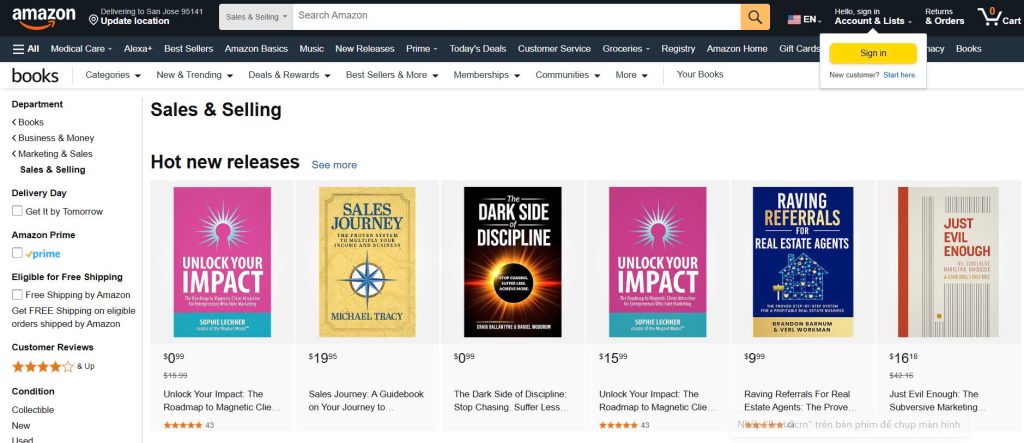
Sell books on Amazon
Amazon Kindle
Amazon Kindle, through Kindle Direct Publishing (KDP), is a platform that allows authors and publishers to self-publish and sell eBooks to a global audience. The platform supports eBooks in multiple formats, offers promotional tools like Kindle Unlimited and Kindle Select, and provides a cost-effective way for independent authors to reach millions of readers without traditional publishing.
| Pros | Cons |
| – No upfront costs for printing and inventory – Potential for passive income – Global distribution with Amazon’s reach – Multiple format options for better monetization – Royalty payments based on sales performance |
– High competition in the ebook market – Limited pricing and royalty control – Full responsibility for marketing and promotion – No direct access to customer data – Potential delays in payments and account issues |
Unlike selling physical books, publishing on Kindle (KDP) is fully digital, eliminating inventory and shipping costs. Authors can upload their manuscripts, set prices, and earn up to 70% royalties. This model is suitable for writers looking for a cost-effective way to reach a global audience without handling logistics.
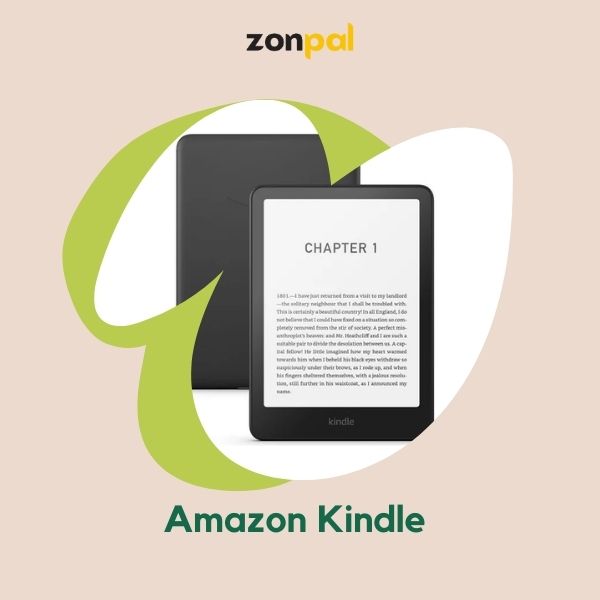
Amazon Kindle is an e-reader device made for reading digital books
Conclusion
Amazon offers endless opportunities for sellers, from Amazon beginners to established brands. With 11 selling models, success depends on choosing the right one and optimizing your strategy.
At Zonpal, we’re always ready to help you navigate every step, from product research and sourcing to PPC management, listing optimization, branding, and content creation. Connect with us [HERE] for a free 1-on-1 consultation with Zonpal’s top experts and conquer the global market!
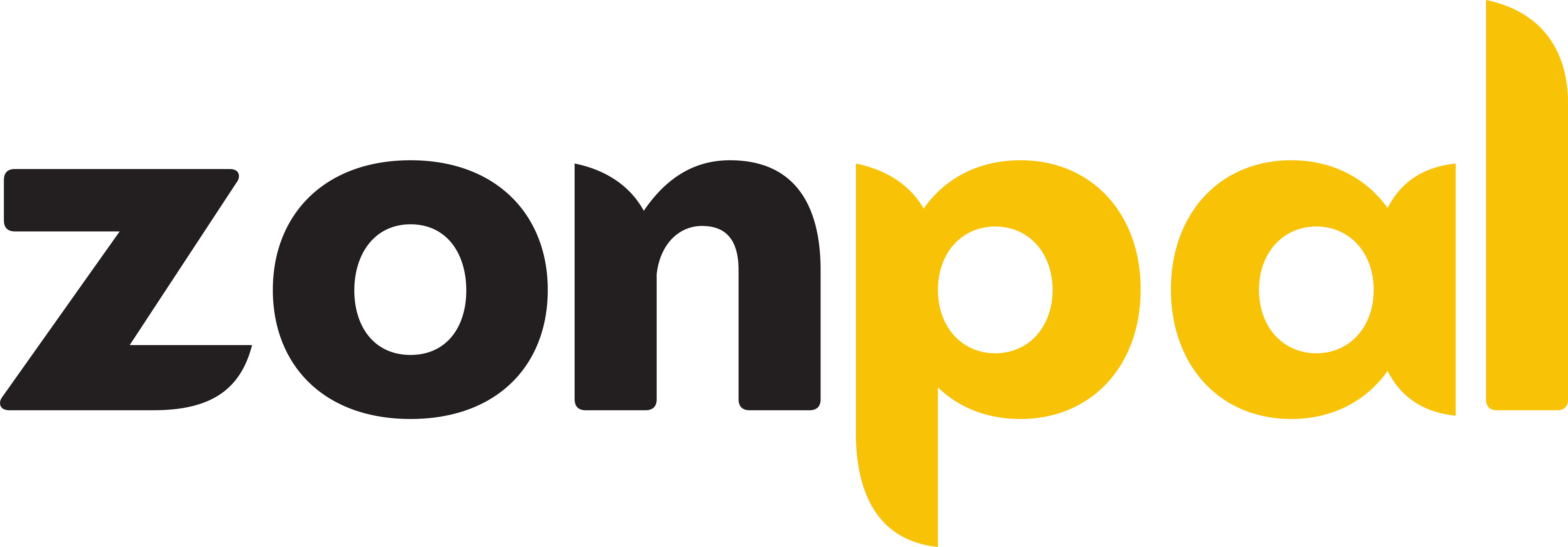
![[2025 Guide] 10 Ways to Sell on Amazon (1) ways to sell on Amazon](https://zonpal.com/wp-content/uploads/elementor/thumbs/2025-Guide-10-Ways-to-Sell-on-Amazon-1-1-r2xs9c2bht1lkollr7vh6310wng9dz5zyrs8wh7vik.jpg)








